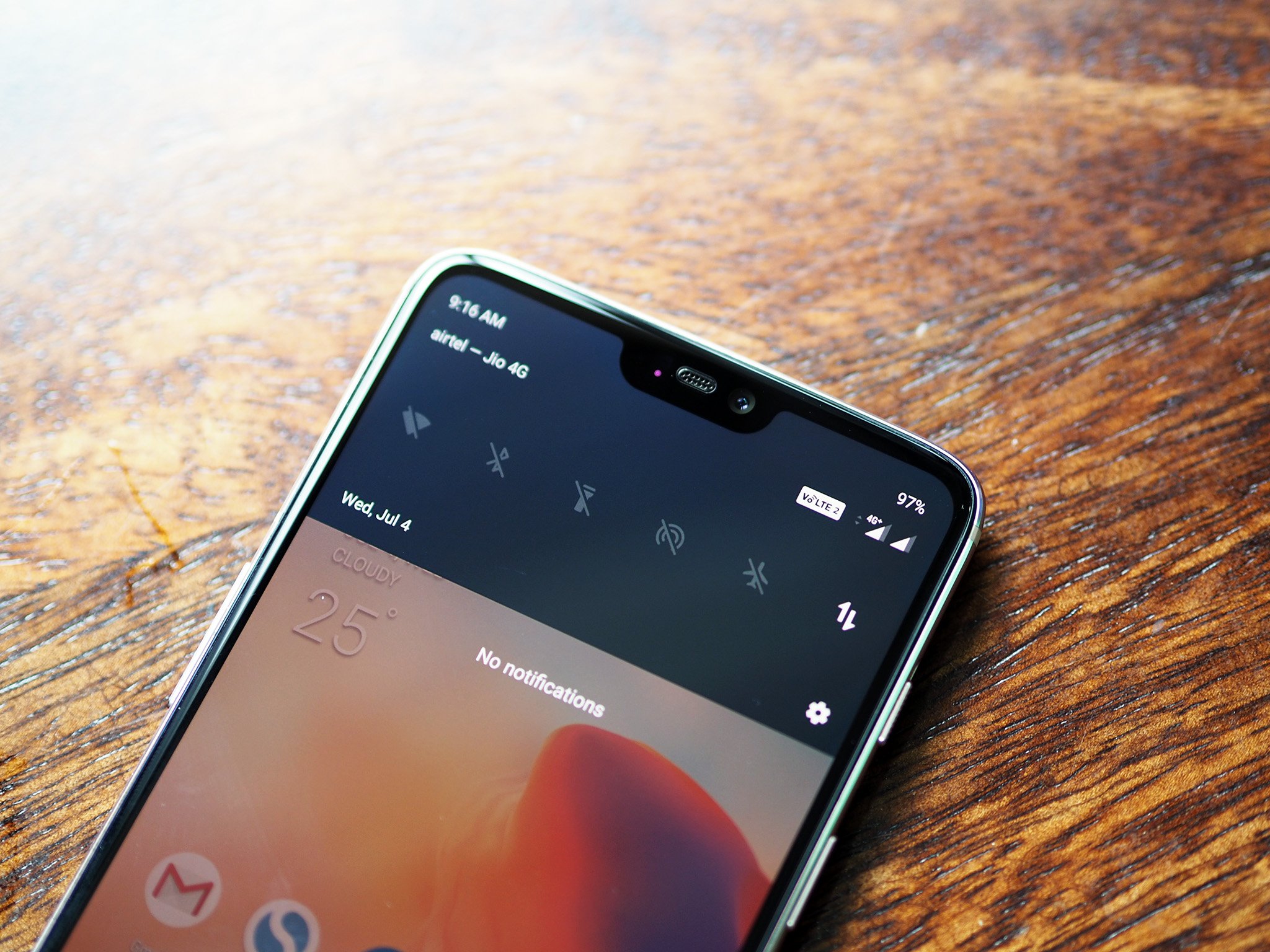Dual 4G LTE lets you use two 4G connections on your phone.
Dual SIM connectivity is a must-have in Asian markets, particularly India, where cellular plans are extremely affordable. The arrival of Jio has catalyzed the market like never before, with the entire industry reducing rates to stay competitive. For instance, my Airtel plan currently costs ₹499 ($7.30) for three months, and I get 2GB of 4G data per day, unlimited calls, and 100 texts a day. That comes out to ₹166 per month ($2.4) for 60GB of 4G data.
Jio is just as affordable, with the carrier offering 1.5GB of 4G data per day, 100 daily texts, and unlimited calls for 3 months at just ₹449 ($6.55). The carrier also includes free subscription to its slate of digital content services with each plan.
I used cellular plans as the preface of this story as it gives context into the current state of the Indian telecommunications sector, and it also allows me to segue into the crux of the post: dual SIM connectivity.
With the country offering some of the lowest cellular data rates anywhere in the world, dual SIM usage has skyrocketed over the course of the last year, particularly following the launch of Jio. The carrier gave away free data for the first six months of operation in a bid to attract customers, and the strategy worked: Jio now has over 190 million subscribers, and is the world's largest data network.
Dual 4G LTE enables 4G connectivity on both SIM cards.
Until last year, most phones that came with dual SIM card slots offered 4G connectivity on just one SIM card, with the secondary defaulting to either 3G or 2G speeds. But that wouldn't work with Jio, as the carrier doesn't have any 3G or 2G spectrum, solely relying on 4G connectivity.
Therefore, chip makers like Qualcomm and MediaTek demoed dual 4G LTE last year, and the feature is now a mainstay on phones sold in 2018. As the name suggests, dual 4G LTE enables 4G connectivity on both SIM cards, allowing you to switch between two 4G networks seamlessly.
Dual 4G VoLTE is a subset of the feature, and it allows you to make HD calls from either SIM. So if you have two SIM cards and both facilitate VoLTE, you can choose from either carrier before making a call. Dual 4G LTE relies on Dual SIM Dual Standby, which uses a single transceiver but lets both SIMs be active, facilitating better battery life.
Which phones have dual 4G LTE?
Most phones launched in 2018 offer dual 4G LTE as standard, with Qualcomm baking the feature into its current-gen Snapdragon 600 series and above — the Snapdragon 636, 660, 835, and 845 all offer the feature. MediaTek likewise offers dual 4G LTE in the Helio P60, and HiSilicon's Kirin 970 also supports the feature, as does Samsung's latest-gen Exynos chipsets.
Phones running any of the chipsets mentioned above can leverage dual 4G LTE, but here's a quick list of some of the more popular models available in the market today:
- OnePlus 6
- Samsung Galaxy S9/S9+
- Nokia 7 Plus
- Xiaomi Redmi Note 5 Pro
- ASUS ZenFone Max Pro M1
- Honor 10
- Huawei P20 Pro
- Honor View 10
- OPPO F7
- OPPO Realme 1
Samsung and Nokia retroactively enabled the feature via an OTA update on the Galaxy S9 and the Nokia 7 Plus, but that only works in a scenario where the chipset supports dual 4G LTE. So it isn't possible to roll out the feature to an older phone unless it meets the requisite hardware needs.

0 Response to "You Can See More: What is dual 4G LTE, and why should you care?"
Post a Comment